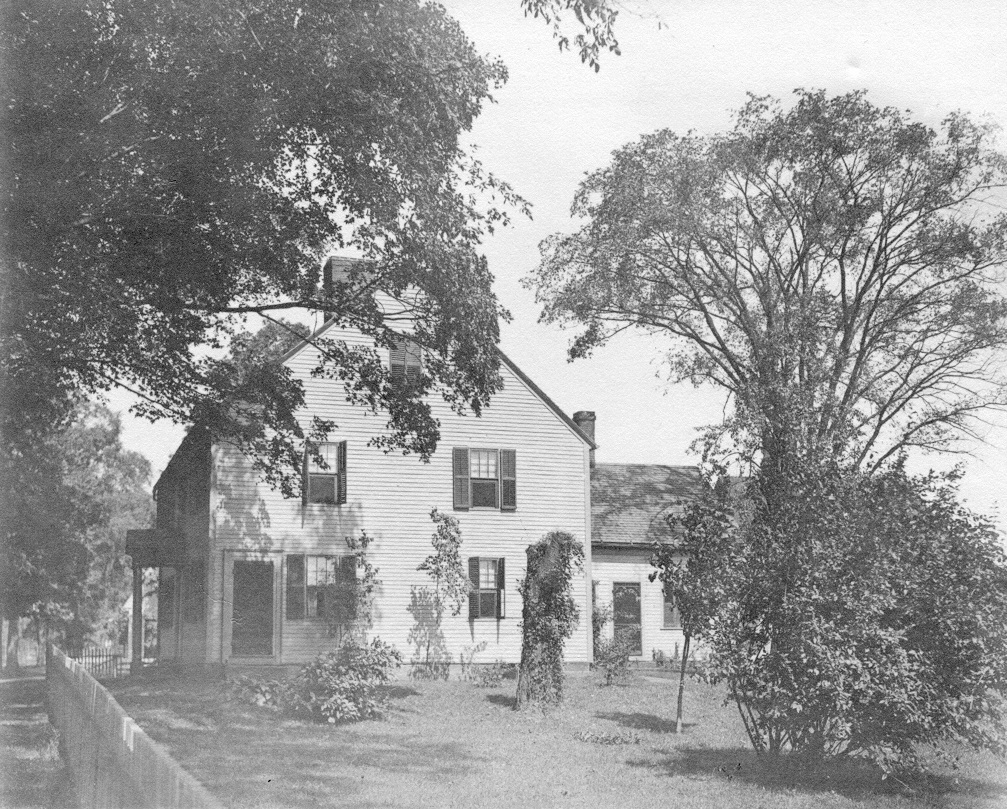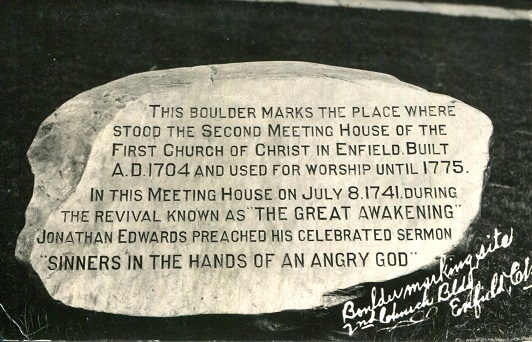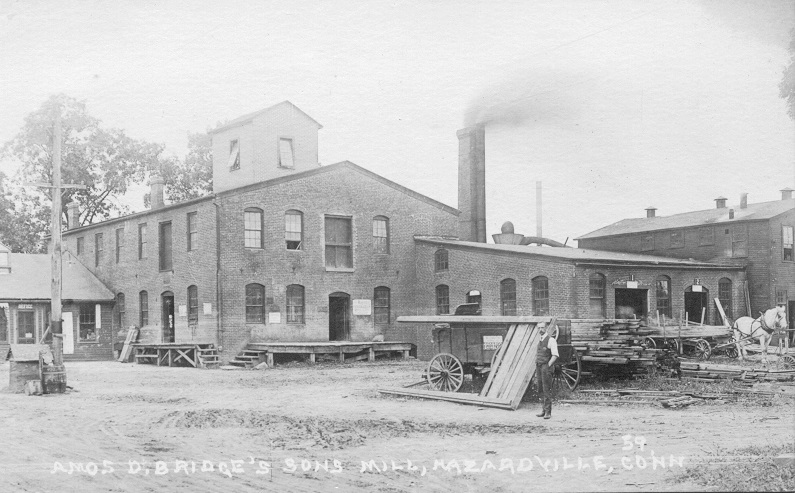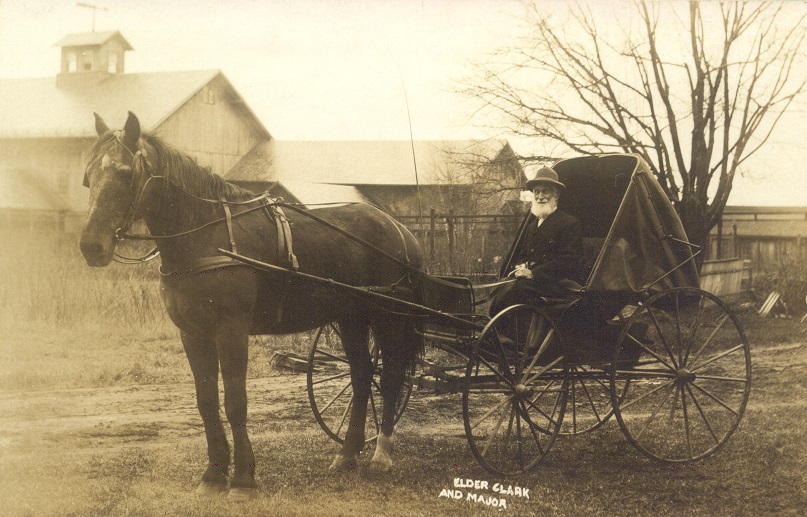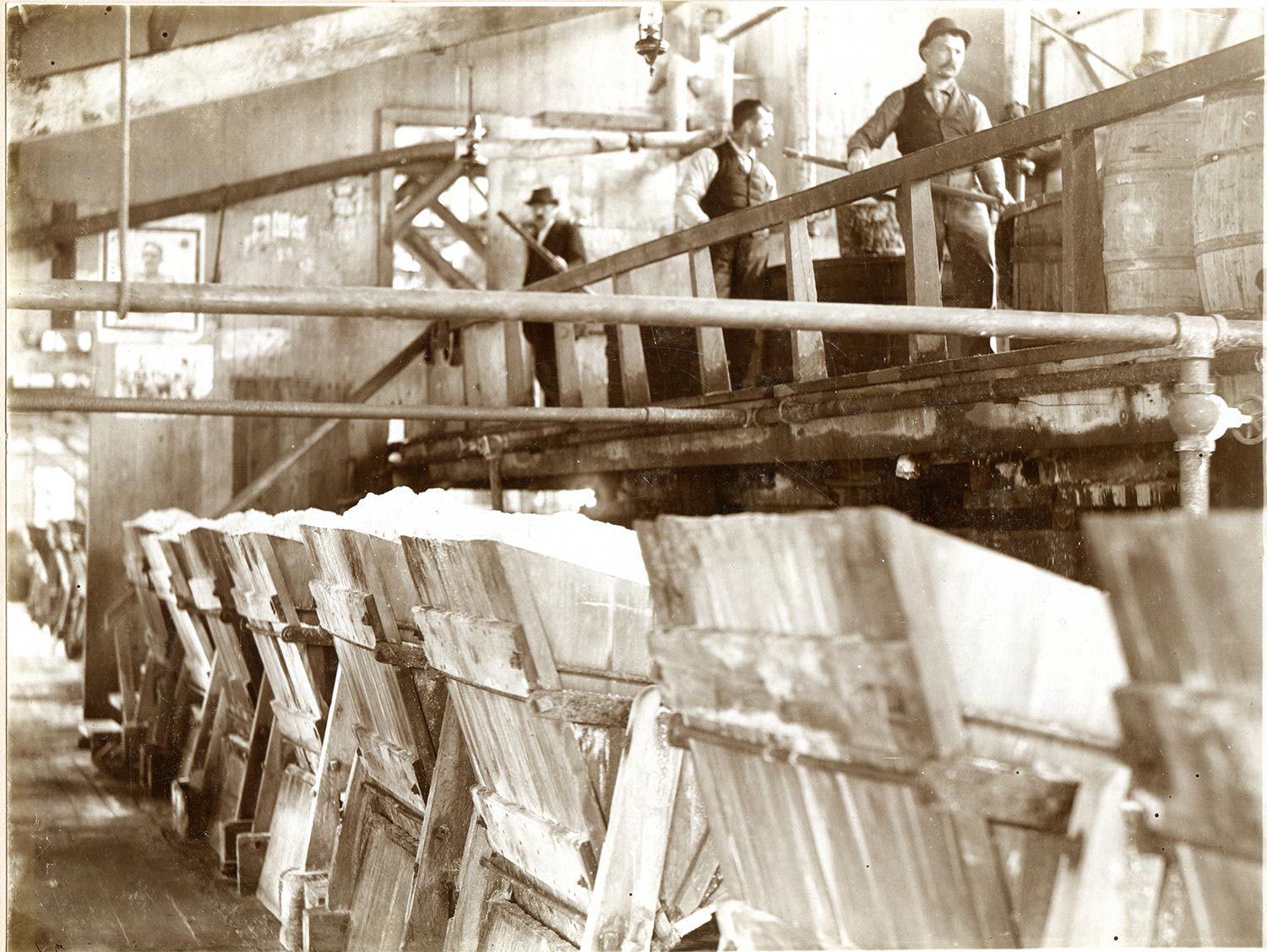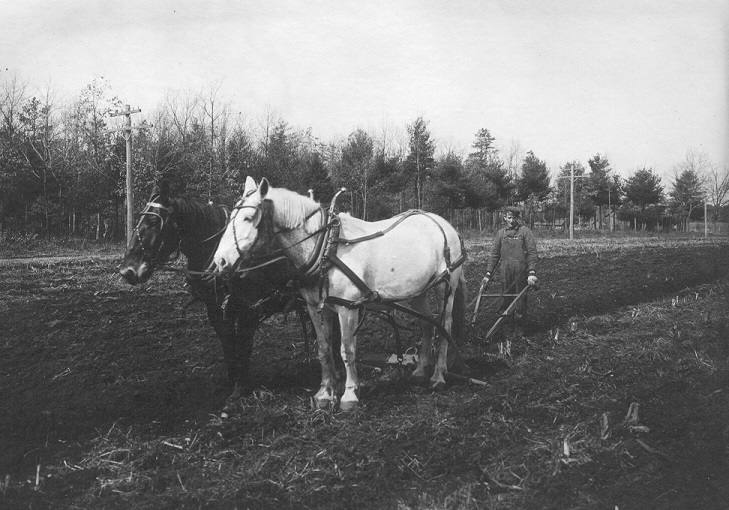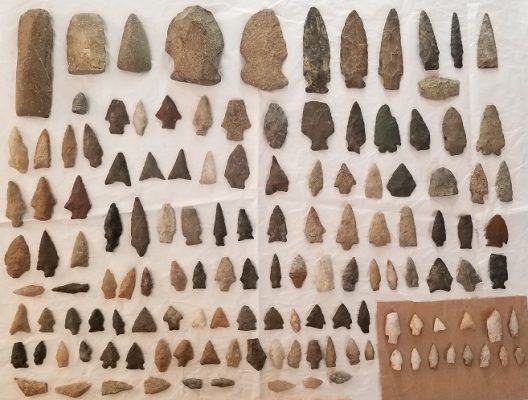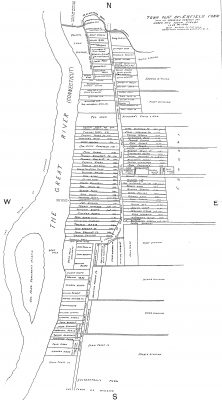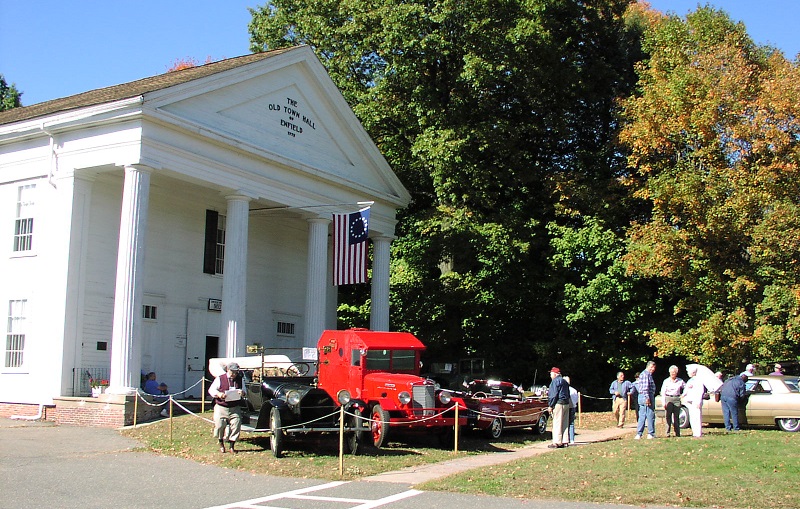
Humans first inhabited Enfield thousands of years before the first European settlers arrived. Evidence in the form of arrowheads and other stone artifacts abound and archeological digs have uncovered evidence of more than one village and campsite. The first recorded contact between Europeans and Native Americans in Connecticut was in 1614 when Dutch explorer Adriaen Block sailed up the Connecticut River, possibly as far as the southern reaches of Enfield where rapids would have prevented further travel.
In 1674 the Massachusetts Bay Colony’s town of Springfield was granted additional land stretching from Asnuntuck Brook (today known as Freshwater Brook) north to Longmeadow Brook by the General Court of Massachusetts. At that time, Springfield’s John Pynchon built a sawmill on Asnuntuck Brook. It was the first European structure in Enfield. The sawmill was burned one year later in 1675 during King Philip’s War when Metacomet, son of Massasoit and Chief of the Wampanoags, led an uprising in retaliation for the execution of three Wampanoags by the English.
Enfield’s first European settlers arrived in 1679 from Salem, Massachusetts. John Pease, Jr. and Robert Pease dug a shelter into the side of the hill somewhere in the vicinity of today’s Enfield Street Cemetery and camped for the winter of 1679-1680. They brought their families the next spring and other settlers followed. By the end of 1680 about 25 families had settled in the area. Three years later in 1683 the land extending east ten miles from the Connecticut river and south six miles from Longmeadow Brook was incorporated as the town of Enfield.
John Pease, Jr. was a surveyor by trade and he undertook the job of laying out the town’s first streets and plat in 1680. The first known map of Enfield, drawn at about that time, shows the land granted to the early settlers lining both sides of today’s Route 5 from Freshwater Brook to the East Windsor town line. The homes and buildings in Enfield’s Historic District on Enfield Street between Oliver Road and Route 190 sit on properties that can be traced back to the original land grants.
As conditions of accepting land grants, the settlers were required to establish a church and support a minister. A small 20’ by 20’ meetinghouse was erected somewhere in the vicinity of the present Enfield Street Cemetery, but it took until 1699 for the first minister, Reverend Nathaniel Collins of Middletown, to arrive. He received a home lot with a house, field and meadow land – six acres of the land having been cleared for him, an orchard, a supply of firewood, and a salary of seventy pounds yearly. Plus, every man sixteen years and older was required to give him one day’s work each year for the first four years of his service to the congregation.
On March 16, 1688 the townspeople purchased Enfield for 25 pounds Sterling from a Podunk named Notatuck. By that time there were few Native Americans left in the area and it is unclear what, if any, claim or right Notatuck had to sell the land.
As more settlers arrived and children of the original settlers reached adulthood new little villages popped up throughout Enfield’s approximately 60 square miles. By 1720 settlers had reached all parts of Enfield. So many settled in the eastern part of Enfield it was incorporated as a separate town named Somers in 1734.
The boundary between Massachusetts and Connecticut was in dispute for many years. Massachusetts claimed the land which became Enfield, Suffield, and Somers based upon a survey made in 1642 by Woodward and Saffery. A 1695 survey put the towns within Connecticut’s borders. The desire to separate from Massachusetts was first discussed in a 1704 Enfield town meeting, but the matter did not come to a head until 1747 when the affected towns applied to the legislatures of both colonies to be separated from Massachusetts and joined to Connecticut. The matter was also pursued in court in London, England. Finally, in 1750 Enfield seceded from Massachusetts and Enfield’s 1000 residents became part of Connecticut Colony.
The Old Town Hall Virtual Museum


